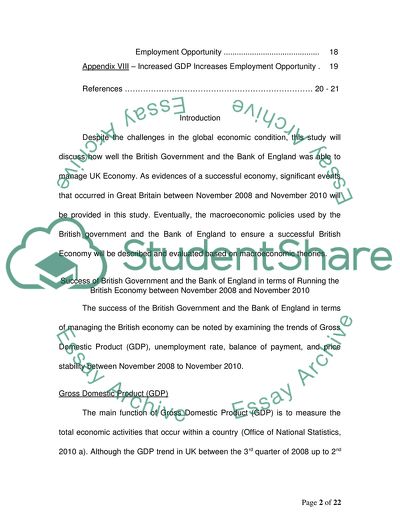Cite this document
(“Performance of the British Government and the Bank of England in Essay”, n.d.)
Performance of the British Government and the Bank of England in Essay. Retrieved from https://studentshare.org/macro-microeconomics/1572436-performance-of-the-british-government-and-the-bank-of-england-in-running-the-british-economy-between-november-2008-to-november-2010
Performance of the British Government and the Bank of England in Essay. Retrieved from https://studentshare.org/macro-microeconomics/1572436-performance-of-the-british-government-and-the-bank-of-england-in-running-the-british-economy-between-november-2008-to-november-2010
(Performance of the British Government and the Bank of England in Essay)
Performance of the British Government and the Bank of England in Essay. https://studentshare.org/macro-microeconomics/1572436-performance-of-the-british-government-and-the-bank-of-england-in-running-the-british-economy-between-november-2008-to-november-2010.
Performance of the British Government and the Bank of England in Essay. https://studentshare.org/macro-microeconomics/1572436-performance-of-the-british-government-and-the-bank-of-england-in-running-the-british-economy-between-november-2008-to-november-2010.
“Performance of the British Government and the Bank of England in Essay”, n.d. https://studentshare.org/macro-microeconomics/1572436-performance-of-the-british-government-and-the-bank-of-england-in-running-the-british-economy-between-november-2008-to-november-2010.


